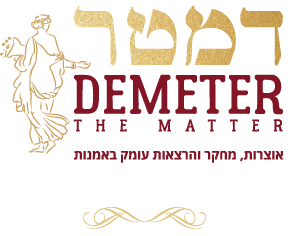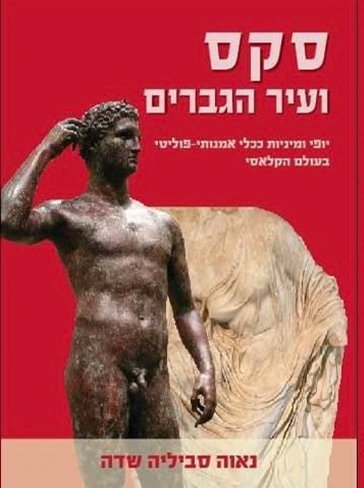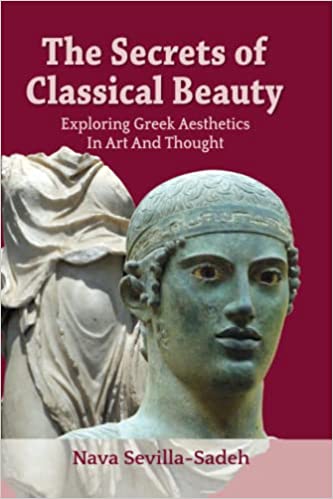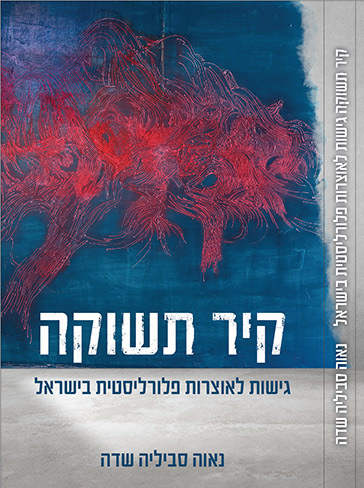Nava Sevilla Sadeh, "Panem et Circenses: The Metamorphosis of Greek Classical Concepts in 2nd-century CE Roman Sculpted Mythological Couples", Consciousness, Literature and the Arts, Volume 17 Number 2, August 2016
Nava Sevilla Sadeh, "Panem et Circenses: The Metamorphosis of Greek Classical Concepts in 2nd-century CE Roman Sculpted Mythological Couples", Consciousness, Literature and the Arts, Volume 17 Number 2, August 2016

The mythological couple Mars and Venus are represented in several sculptural images dated to the 2nd century CE. Some scholars contend that these images represent imperial couples seeking to imitate the divine couple Mars and Venus, with the intention of presenting the new imperial order as divinely sanctioned. Other scholars suggest that these images are not those of imperial figures but, rather, wealthy members of society who imitated the contemporary trend of adopting mythological portraiture, attired as mythological figures, as a customary practice amongst the imperial class.
A prominent aspect in these figures is that of their Greek inspiration. The direct visual references to them were two statue types, known as Ares Borghese, a Roman copy of a Greek original dated to the late 5th century BCE; and Aphrodite from Capua, a Roman copy of a Greek original dated to ca. 350-300 BCE. The Greek influence appealed to the Romans for their own purposes, usually political or religious.
This study explores the essence of the Greek influence and its metamorphosis in the Roman representations, focusing on the questions: What is the extent and nature of the assimilation of these concepts in the Roman images? Do these imitations reveal substantial concepts derived from the Classical epoch; or do they offer merely a visual and superficial external layer that reflects a different state of mind? These questions will be examined through a preliminary analysis of the Greek prototypes of the gods themselves and their images, in relation to the moral, aesthetic and philosophical concepts imbued in them, along with an analysis of the Roman sculptural figures through references to the meanings of the Roman gods and to the textual biographies of the emperors under discussion.



